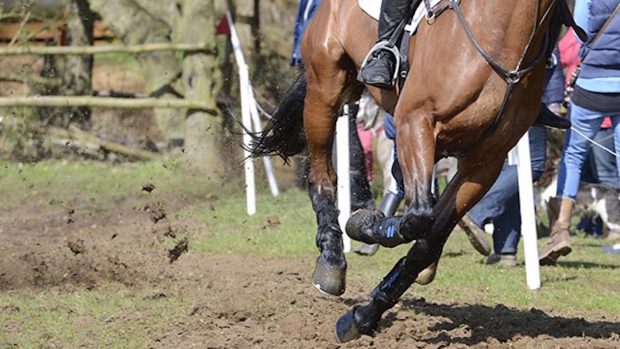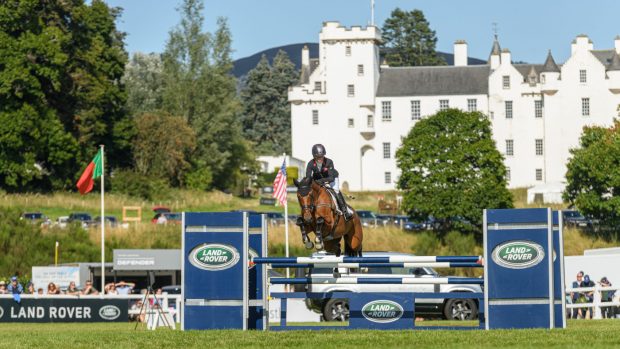Data shows a decrease in the risk of serious or fatal injury while eventing in Britain for the fifth consecutive year, sport director Mike Etherington-Smith announced at British Eventing’s annual general meeting (AGM) last Wednesday, 29 October.
The risk of suffering a serious or fatal injury was 0.24% in 2002-2003 and 0.07% in 2007-2008. In the “safety year” (1 July to 30 June) 2007-2008 there were 48 serious or fatal injuries from 64,462 starters.
In a meeting before the AGM, BE safety officer Jonathan Clissold and chair of the safety committee Iain Graham revealed some of the feedback systems that they feel have contributed to this decrease.
Since the end of the 2003 “safety year”, each BE course has been given a key performance indicator (KPI) score after each event. This is calculated from the number of falls to starters, with a weighting given to unseated rider falls, non-rotational horse falls and rotational horse falls (which are most likely to cause serious injury).
Any course that returns a KPI score of more than 60 (equivalent to two rotational falls) is the subject of an informal enquiry through the regional director speaking to the course-designer and organiser.
“Often, the course-designer and organiser have already done something about it,” explained Jonathan. “This is about having a continuous audit on the courses and the sport. It focuses people’s minds on what falls their courses have caused — they don’t wanted to come in with a score above 60.”
Two years ago 47 courses returned a KPI of more than 60; this year there were only seven.
“I’m sure that’s because of the monitoring going on,” said Jonathan. “We’ve got to keep the number of rotational falls moving down. I don’t think we can ever eliminate the risk, but what we need to do is manage the risk as much as we can.”
Iain Graham revealed that technical advisers collect the dimensions of every fence on every BE course, and Goodyear-funding now means this, plus fall report forms, can be sent via email straight to the Transport Research Laboratory (TRL) who collate BE’s safety data.
From April this year, on-site vets have also been keeping records of horse injuries for BE, and giving a copy of a form recording the horse’s treatment to the rider or owner. This means there is a record for the rider or owner’s own vet if the horse needs further treatment.




